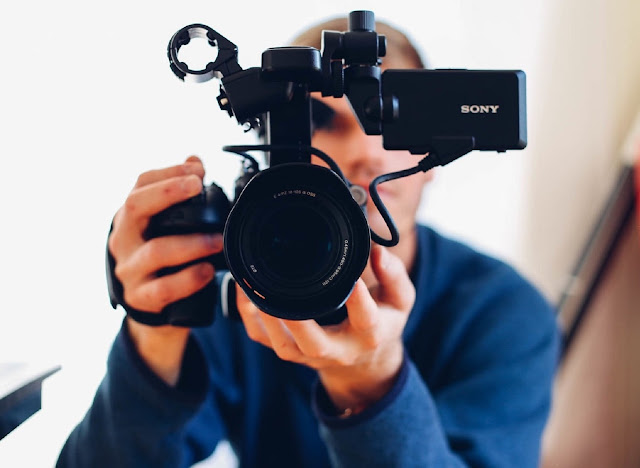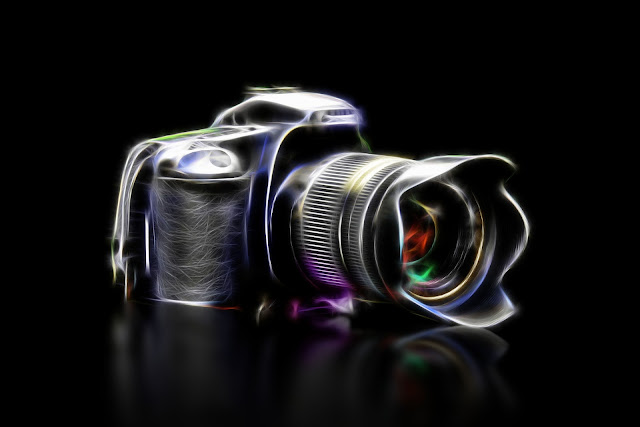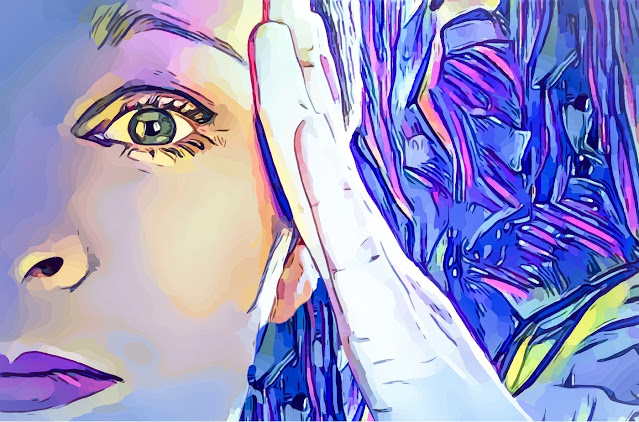The subject of photography is going through an evolution.
As each year progresses, the technology of photography steadily continues to surpass any milestone accomplished in the field from the previous year.
This art is embracing artificial intelligence as part of it, which is gradually becoming more and more part of the essence of photography.
Capturing Light
Photography is the activity of capturing light from various points of view using a special device for an artistic purpose to produce a final picture by imprinting such light onto a recording surface.
Each point of view of that was recorded into a picture illustrates a visual copy of the subject or scenery captured from the reflecting light.
The picture captured from the light is actually not the object or scenery itself, but the reflection of light bouncing from them.
This light originates from other external sources, whether it’s starlight descending upon earth and reflecting all-over the environment or man-made light emitting from different devices and equipment.
The amount of lighting that's available around a subject or environment determines the quality of a picture that you’re trying to take. It influences the brightness and darkness of the picture, including the general ambience.
In that regard, the ability to change the lighting or any elements in the scenery at any given time for taking a picture leads to the art of lighting.
This art allows an individual to artistically compose a photograph in a certain way in order to produce the effects that he or she intended to create for carrying their final message.
In essence, one is mostly dealing with starlight or artificial light, which is the main carrier of the message to any observer looking at that photograph.
Starlight Gizmo
A photographic device is a camera that gives an individual the power to adjust its various features to manipulate light to produce a desired result.
This camera can create black and white photographs or color ones based on the type of camera or settings that you use.
The invention of the first camera was about two hundred years ago. Since then, it has significantly advanced throughout the years to present day.
It originally started with the use of metal plates to record images, followed by paper film through chemical reactions and eventually to modern day digital sensors.
Some people are still using film cameras today due to its vintage quality and distinct elaborate process that it has, even though they are considered outdated technology.
The digital camera is now the predominant successor to film cameras. Its great advances in technology overshadows any of its past predecessors.
Moving Light
There's a parallel track of development similar to photography in the field of videography.
Videography is the activity of capturing moving light from a subject or an environmental scene to produce a video.
A video has many photographs that were taken in succession. It takes many picture frames per second in order to produce this final video.
The basic guiding factors of videography in composing a video by manipulating light closely follow those of photography.
This subject of videography opened the door to a brand-new realm of artistic renditions that lead to the field of filmmaking.
Spheres of Lighting Application
The art of lighting through a camera has become part and parcel of almost every society on earth, thus influencing billions of people around the world in how they live and experience life.
As technology evolved, cellular phones and other devices integrated with photography, videography and filmmaking features. This took peoples’ personal daily life to a much higher level of experience and creativity.
From Reality to Virtual Reality
The world as we know it, it's never going to be the same as technology continuous to progress with new innovations.
These innovations are taking mankind to a new realm of photography and filmmaking, which is not recorded from an external environmental subject or scenery, but it’s instead digitally created inside a computer.
This is the world of virtual reality.
Nowadays, the photographs and videos that are produced for virtual reality are almost as good as real life sometimes.
A person doesn’t have to record any pictures or videos anymore, but he or she can decide instead they can create their own back home in their computer.
The quality of virtual reality pictures and videos coming from a computer software program is quite outstanding. This technology is gradually encroaching and entering many professional fields, especially the movie industry.
If you look at the movie industry around the world, it’s starting to produce animated films that closely resemble real life, so much that you could get goosebumps from it. These films you can watch them nowadays on your cell phone, tablet, and laptop or on the big screen if you want the full three-dimensional experience of sceneries.
Three-dimensional films have raised the standard even further, where you have the opportunity to enter and experience created virtual reality environments replete with all imaginable sceneries and avatars, so that you can experience them as if it was all real.
Artificial intelligence programs has expedited and facilitated the use of virtual reality technology to a point where it can create such realistic, elaborate scenes.
The world is quickly embracing this exciting new field of virtual reality, but are traditional arts such photography and filmmaking at stake in the long run?
Why Photography?
It gives anyone using this art the ability to communicate any ideas or messages through photographs, including videos.
Speech and writing sometimes can't fully express itself without the use of photographs.
The best part of a professional camera is that you can go anywhere with it.
This technology is allowing mankind from a microcosm view to a macrocosm perspective to record all its various ideas, creations, and experiences as each day progresses by documenting our history for the future to have.
Photography is not only a fun creative activity, but also a way for others to remember our past, and so we can learn from it.
Written by,
Nathaniel Bernard—Art Blogger















Comments
Post a Comment